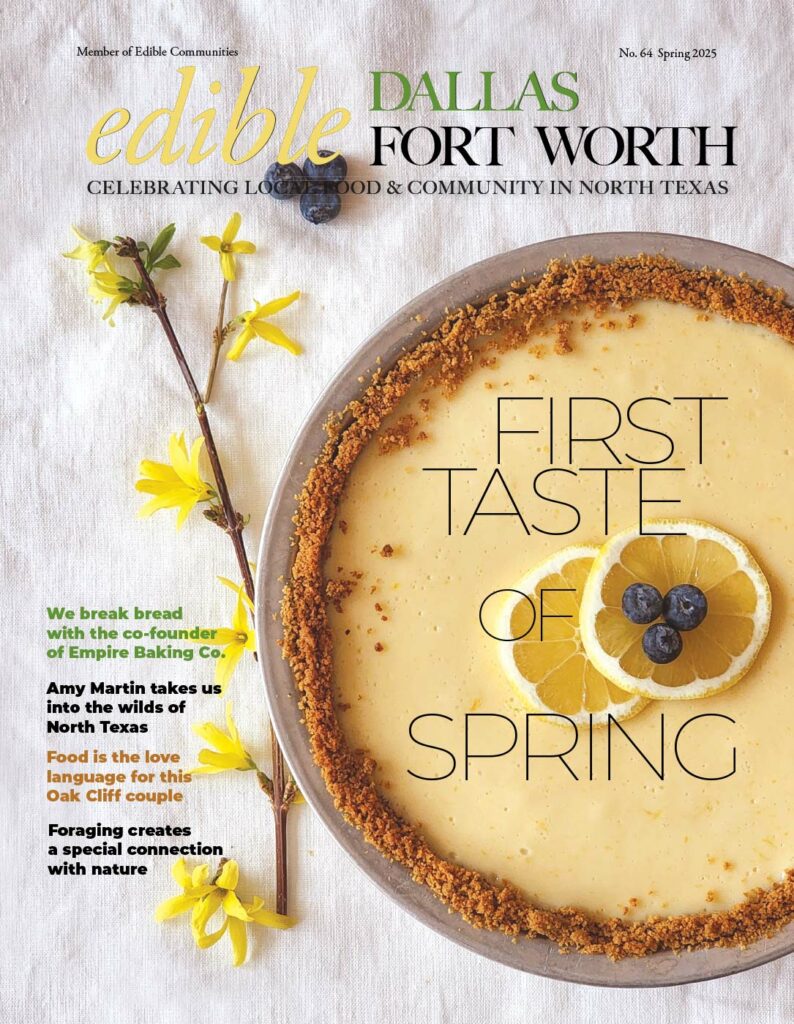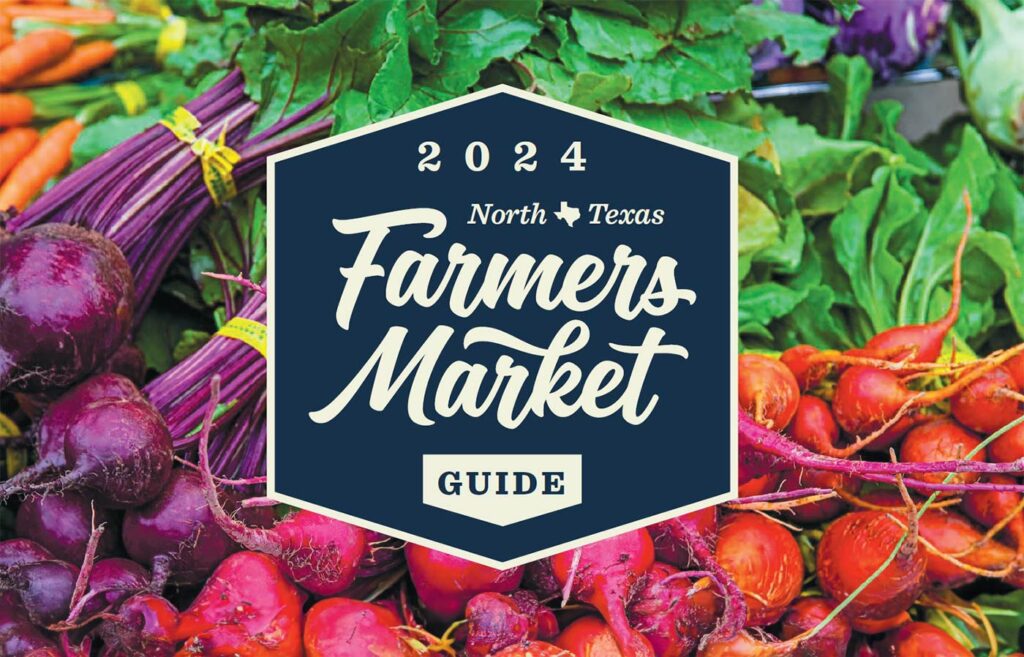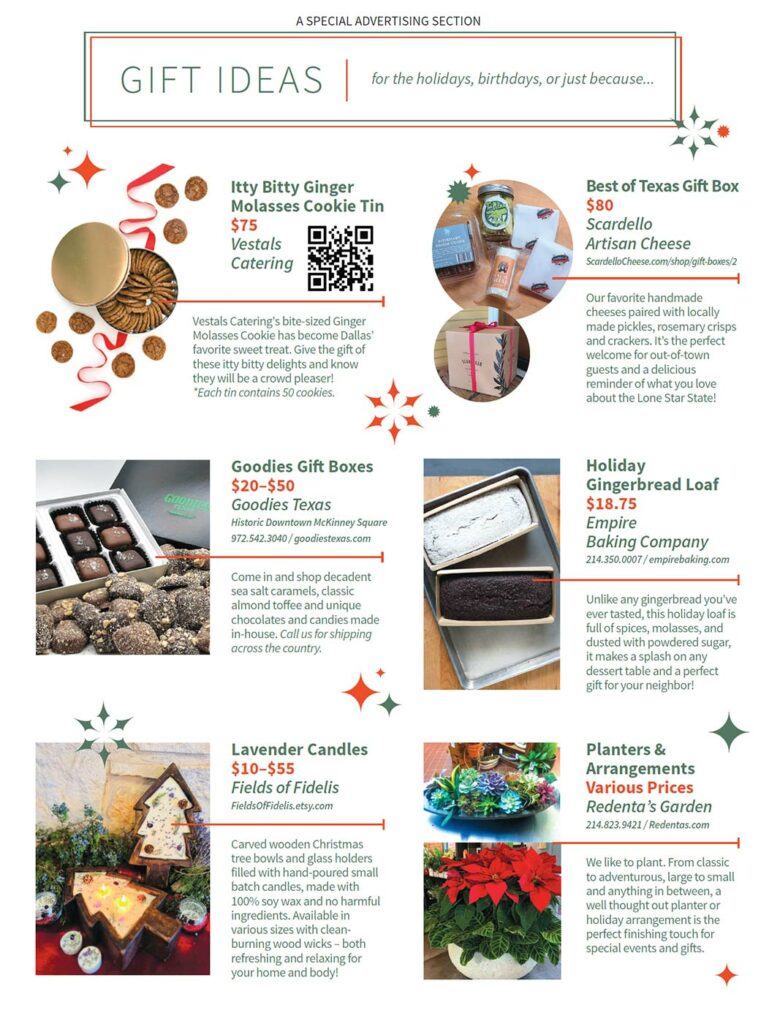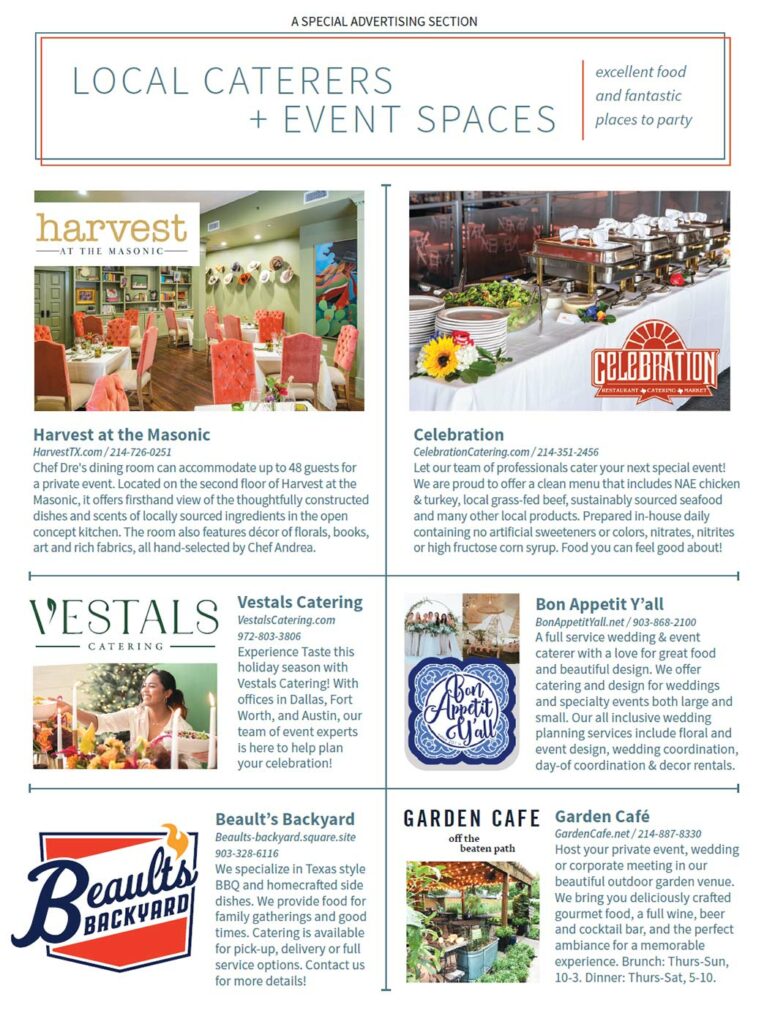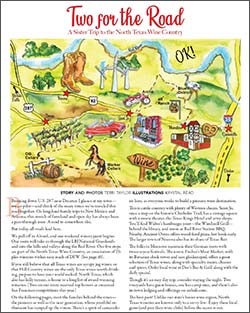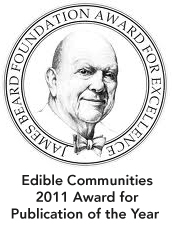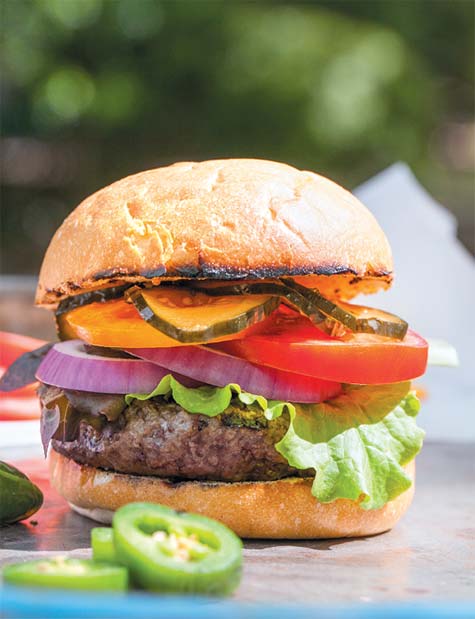
by Terri Taylor and Kelly Yandell
Photos by Kelly Yandell
We Texans like to lay claim to the hamburger. Beef is our thing. Like many of the state’s earliest settlers, the hamburger has German roots. Its predecessor, the Hamburg steak, takes its name from Germany’s second largest city. The shaped patty of seasoned minced beef, sometimes served tartare, was introduced to this country by German immigrants in the early 1800s.
Debate still swirls around which clever American first put a fried Hamburg patty between two slices of bread. According to legendary North Texas journalist and chili enthusiast Frank X. Tolbert, the honor goes to Mr. Fletcher Davis of Athens (TX). “Old Dave,” as he was called, owned a café on the Athens town square at the turn of the century. His popular fried beef patty sandwich was slathered with a blend of mayonnaise and ground mustard and garnished with a big slice of Bermuda onion and sliced cucumber pickles. On the side, he served fried potatoes with a thick tomato dipping sauce.
In 1904, Davis and his wife Ciddy traveled to the World’s Fair in St. Louis and served their sandwich at a booth called “Old Dave’s Hamburger Stand.” A New York Tribune reporter interviewed Davis and wrote about the sandwich but failed to mention the Texan’s name. The sloppy journalist also misrepresented Davis’ potatoes. When Davis explained to the fellow that a friend in Paris (TX) had taught him the style of cooking his potatoes, the reporter assumed, of course, that he was referring to the city in France. The story read that Old Dave’s potatoes were “French fried.” Whether he was the world’s first burger maker or not, there is a plaque commemorating Fletcher Davis’ accomplishment on the north side of the courthouse square in Athens.
The hamburger didn’t receive iconic status for another 50 years. Fast-forward to the 1950s: cars are king, and on-the-go Americans need fast foods to complement their speedy lifestyle. And we all know what happened next. American hamburger joints began popping up like gopher holes and for the last 60 years, the popularity of this economical American sandwich has continued to grow worldwide. Thankfully, there are plenty of establishments these days that are eschewing cheap, factory-farmed meat patties for something healthier. Ground beef is the most affordable way to enjoy highquality, artisan beef. As stated by author Lynne Curry in her book Pure Beef, “[Ground beef] comes from every part of the cow, making it the very definition of nose-to-tail eating.”
Home chefs and backyard grillers can devise their own signature creations—with or without the beef. Patties can be made from ground lamb, turkey, chicken or from vegetables and legumes, with no meat at all. Whatever your pleasure, there’s no better way to showcase the abundance of a summer gardens or local farmers markets than a locally sourced Texas burger.
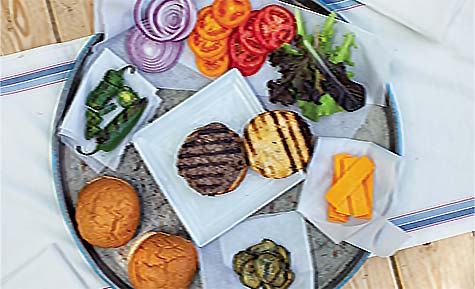
TAKING IT TO THE NEXT LEVEL
Grind your own: Many upscale restaurants create their own signature blend of meat. The home chef can do the same by investing in a meat grinder (either hand-crank or electric) or by using a food processor or stand mixer with a special attachment. For beef burgers, a decent fat content—75-85% lean— is the key to juicy results. In her book Pure Beef, Lynne Curry recommends a combination of chuck, short ribs, brisket or even, dry-aged steaks. Before you grind, cut the meat into strips and freeze for 20 minutes to make processing easier. If you’d prefer to let your butcher to do it, pick your own cuts and ask him to grind your custom batch.
Cooking: Quality meat needs no more seasoning than a little salt and pepper. Curry suggests about a one-third pound of meat per burger; loosely packed into a disk that’s about one-inch thick and four inches wide. For medium rare, cook over high heat on a gas or charcoal grill, for 3 to 3-1/2 minutes on either side. For medium, move patties to the coolest part of the grill and cook an additional 1-3 minutes longer.
Fixings: Early summer is when your garden and the North Texas farmers markets are at their peak: plump tomatoes, leafy lettuce and peppers-spicy or sweet. Add some onions or sauté some local organic mushrooms. If you haven’t preserved your own, don’t forget to pick up a jar of locally made pickles—like those from Fort Worth-based In A Pickle, while you’re shopping the market.
Don’t settle for generic cheese on your cheeseburger. Opt for something local with pizzazz like Veldhuizen’s Red Neck Cheddar, Mozzarella Company’s Deep Ellum Blue or Eagle Mountain’s buttery Gouda. Drop in at Scardello’s and ask what they have from our area. For buns, turn to a local bakery like Empire Baking. They always have fresh ones on Friday and Saturday.
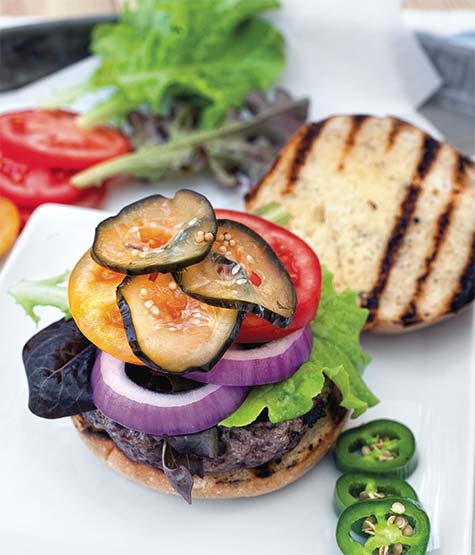
As a kid, TERRI TAYLOR refused to eat her vegetables. Her veggie-phobia was cured in 1977 when she spent eight months working on farms in Norway and France. She studied journalism at UT-Austin and received a master’s degree in liberal arts from SMU. Her short story “Virginia” can be found in Solamente en San Miguel, an anthology celebrating the magical Mexican town of San Miguel de Allende. She has written for Edible DFW since its inaugural issue in 2009. She became the magazine’s editor in 2010 and is the editor of Edible Dallas & Fort Worth: The Cookbook.
- Terri Taylorhttps://www.edibledfw.com/author/ttaylor/
- Terri Taylorhttps://www.edibledfw.com/author/ttaylor/
- Terri Taylorhttps://www.edibledfw.com/author/ttaylor/
- Terri Taylorhttps://www.edibledfw.com/author/ttaylor/


